Does the battery light come on when you are driving? Does your car die afterward? When the battery light comes on while driving, it simply means that the alternator is faulty or is not just charging the battery. The vehicle will continue to function normally while still using the reserve power. Then it dies when the reserve runs out.
In this article, we will discuss possible causes of battery lights coming on when driving. We will also explain the reasons why the vehicle dies soon after. Find out more and what you should do if this ever happens to you.
The meaning of battery light
The battery light comes on when driving to inform you that an alternator has malfunctioned and is not charging the battery. It can also result from the alternator not producing enough electrical power to run the electronic systems and charge the battery. When that happens, the vehicle automatically switches to the reserve power. If there is enough, it continues to operate normally but will die sooner rather than later.
Reasons why battery light comes on while driving and the car dies after that

Bad battery
Car batteries, whether flooded, gel, or any other type, have a definite lifespan. They can fail when they reach the end of their service life. The cells in them die, and the battery cannot take in any power. That condition can reduce the nominal terminal voltage of 12 volts to nearly zero.
The battery light on the dashboard caused by a bad battery tells you that your car won’t start next time. The car might continue to function provided the engine still drives the alternator to produce enough power for your system. An auto mechanic will recommend a replacement to fix the problem.
Corroded battery terminals
Electricity flows in a complete circuit. Car batteries have positive and negative terminals where the alternator and the main electrical supply line are connected for the current to flow into and out. These terminals are prone to corrosion, mainly in the flooded lead-acid batteries. Corroded terminals have high electrical resistance and might become non-conductors over time. When that happens, the light will come on.
The by-product of corrosion can be white, blue, or green substance deposited at the terminals. The process is much faster in hot and humid climates. Always clean the battery terminals following the appropriate procedure. Put on your protective gear to avoid irritation when these by-products get into contact with your skin. Remember, they can also corrode your car’s paint.
The battery light on the dashboard caused by corroded terminals is easy to fix. Just remove the corrosions and start your car again. You can wipe the terminals with a piece of cloth damped in an alkaline solution or terminal brushes.
Loose or bad battery cable
A loose or damaged battery cable can disconnect the alternator from the battery. That means there will be no charging current going into it. When the vehicle moves, it might come off or fail. The sensors detect that the battery is not charging, thereby turning on the light on the dashboard.
Bad alternator
As the engine shaft spins, the alternator generates the electricity needed by all the electrical systems. An alternator usually has a voltage and current rating for correct operation and a sensor to continuously monitor these parameters. The battery light comes on when the alternator fails or cannot produce enough power to charge the battery and run electrical systems.
Bad alternator belt
The alternator connects to the engine and other accessories through a belt system. Over time, the belt can crack and become loose or snap. A loose belt will cause a slip between the belt and the driving wheel, which lowers the mechanical power transferred into the alternator for electricity generation. Thus, that results in low output power, which triggers the battery light.
Snapped belt causes an instant power cut from the alternator. The vehicle will switch to battery power and make the battery light on the dashboard.
Bad ground strap
The ground strap or negative battery cable is a black coated wire connecting the battery to all other electrical components and chassis for grounding. It helps in creating a complete loop for the continuous flow of electricity. A damaged ground strap can cause the battery light to come on and is associated with the following symptoms:
- Flickering headlights
- Reduced interior power
- Battery not charging
- The engine is slow to crank
- The engine fails to start
- Total loss of electricity
- Crackling noise when starting the engine, but it won’t start
- Engine stalls
- Jumpstarting or push-starting won’t work
A bad ground strap limits the total power that goes into the car systems. It is like having a valve constriction in a conduit pipe that prevents water flow. In severe cases, the current won’t flow. That is what causes loss of electricity and engine stalling.
The car’s computer system will detect a bad negative battery cable and turn on the battery light on the dashboard. A fix at an auto repair shop should take an hour or less.
Faulty wiring
The charging system of a vehicle consists of complex electrical wiring. These wires can age with time or break. When it happens, the battery will not receive or supply power. Sensors detect it and communicate with the onboard control unit to turn on the battery light on the dashboard.
Too many accessories in use
Modern-day vehicles have highly confiscated electrical and electronic systems that consume much power. The navigation, entertainment, AC, lighting, and other systems all depend on the electrical power generated by the alternator. If you have all these systems running concurrently, they will draw more power than what is available.
Some people also like to customize their entertainment system by adding an audio power amplifier and a speaker unit. Though desired, it can potentially add more electrical load than what the alternator can produce. The battery cannot recharge when accessories draw more power than what the alternator generates, causing the light to come on. The vehicle dies when the reserve power in the battery runs out.
What should I do when I have battery light come on?

The battery light will usually come on when you are driving. If you are lucky enough, the vehicle won’t die because of the battery power. However, it will soon run out, and the car will turn into an unresponsive metal.
When your battery light shows up, turn off all unessential electrical systems such as entertainment systems, interior lights, power windows, AC, among others. If your phone is charging, unplug it. And the last thing, do not turn off the engine until you get to the nearest mechanic. It will not restart when the battery or related systems are faulty. In some cases, jumpstarting or push-starting might also not work.
Conclusion
When the battery light comes on when driving, the vehicle’s control system has detected a problem with the battery system. That can be the alternator, wiring, the battery itself, or too many accessories running concurrently. It is not safe to drive with the battery light on because the vehicle will die sooner rather than later. When it happens, switch off the electrical systems and go to the nearest auto repair shop. The diagnosis and repair of the problem are easy, and you will be back on the road just in time.
READ MORE: EML on BMW: The reasons and how to turn off
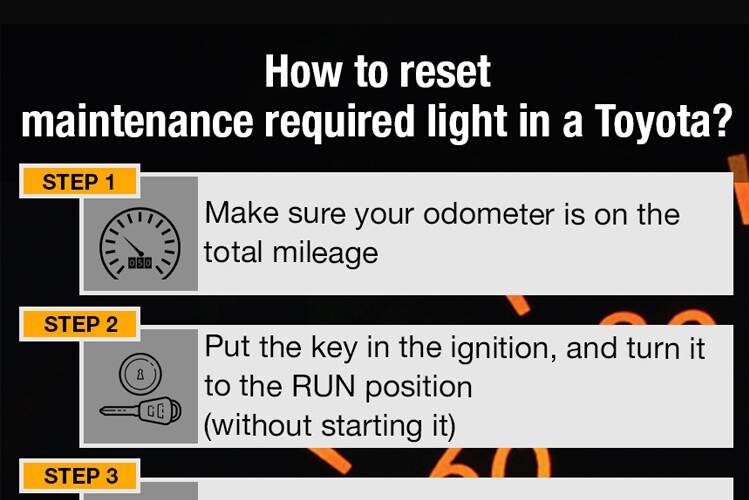
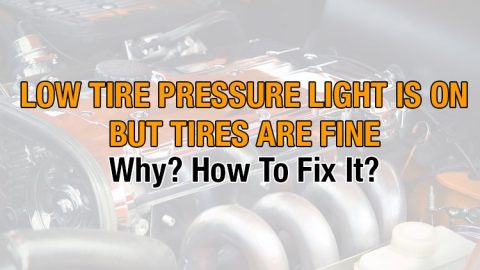
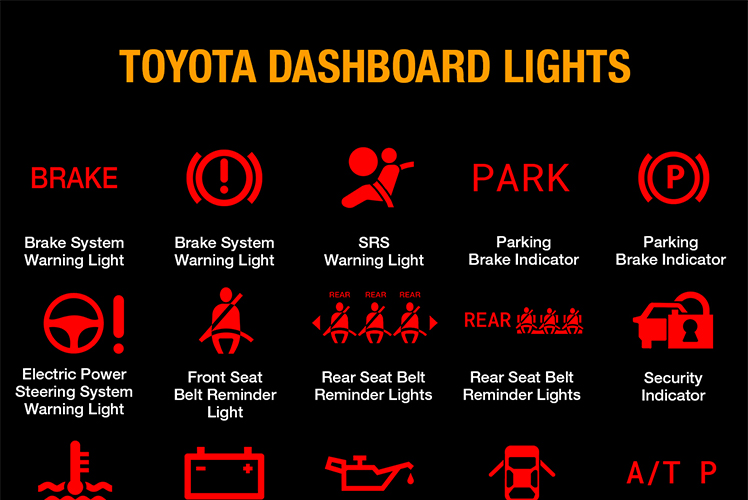
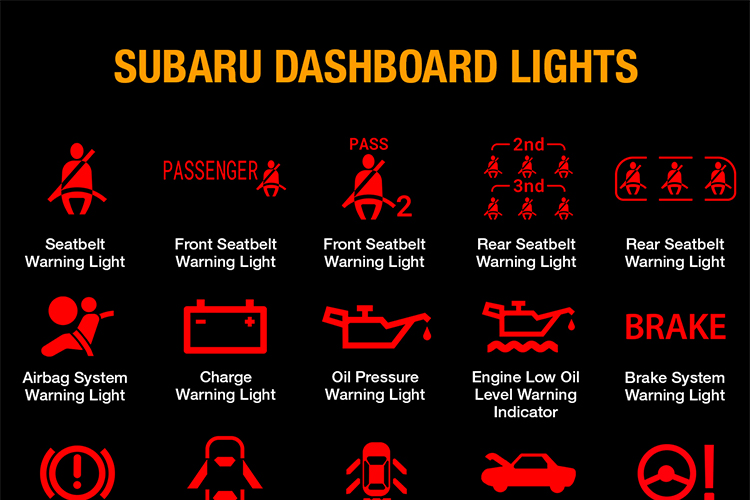
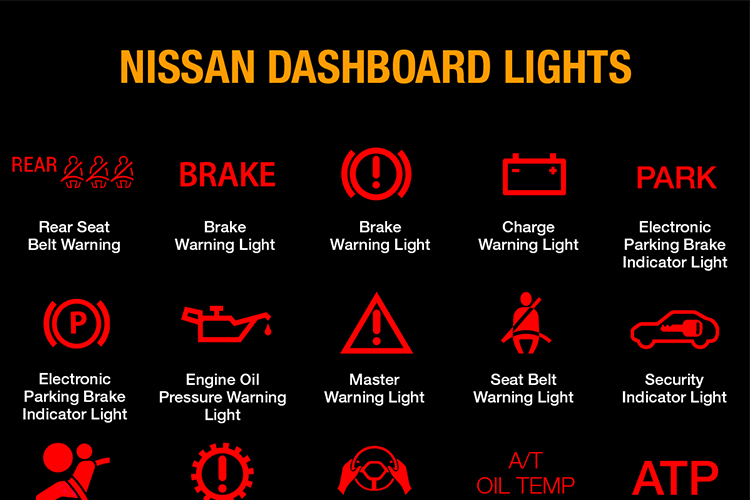
clean it out, and perform a teardown before adding a turbo to the car.
I’ll most likely need a stand of some kind for this.
Something to hold up the engine while I work on it.